Lofoten International Art Festival LIAF 2022
FANTASMAGORIANA
03 Sep - 02 Oct 2022

The two-headed calf
Courtesy of Lofoten Museum / Museum Nord
NNKS / LIAF 2022 curated by Francesco Urbano Ragazzi, ph: Kjell-Ove Storvik
Courtesy of Lofoten Museum / Museum Nord
NNKS / LIAF 2022 curated by Francesco Urbano Ragazzi, ph: Kjell-Ove Storvik
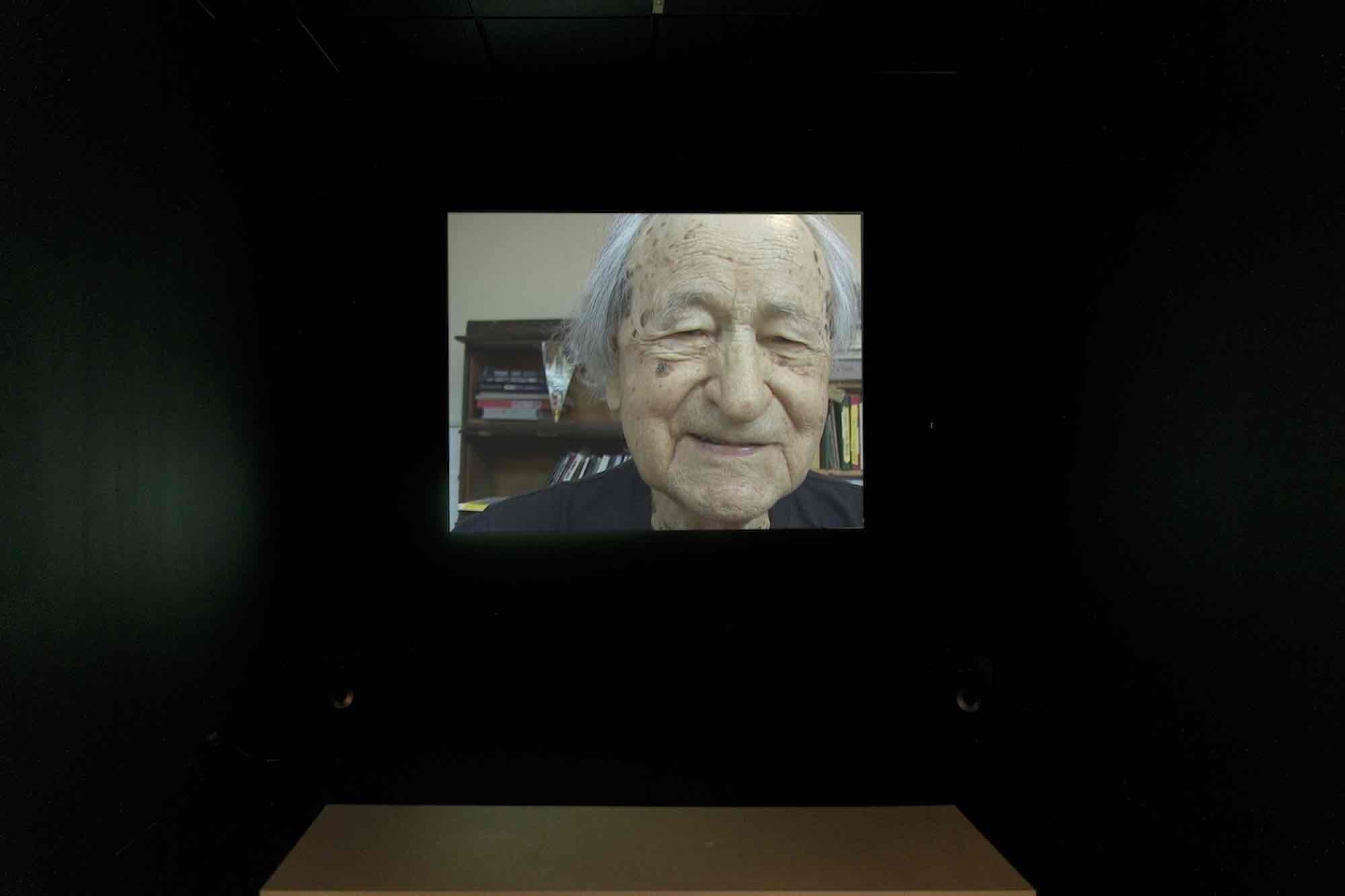
Jonas Mekas
Orquestina de Pigmeos
Video, 7 minutes 16 seconds, online diary, July 11th, 2017
Courtesy of the Estate of Jonas Mekas
NNKS / LIAF 2022 curated by Francesco Urbano Ragazzi, ph: Kjell-Ove Storvik
Orquestina de Pigmeos
Video, 7 minutes 16 seconds, online diary, July 11th, 2017
Courtesy of the Estate of Jonas Mekas
NNKS / LIAF 2022 curated by Francesco Urbano Ragazzi, ph: Kjell-Ove Storvik

Susan Te Kahurangi King
Untitled
Series of fourteen drawings, graphite and coloured pencil on paper, circa 1963
NNKS / LIAF 2022 curated by Francesco Urbano Ragazzi, ph: Kjell-Ove Storvik
Untitled
Series of fourteen drawings, graphite and coloured pencil on paper, circa 1963
NNKS / LIAF 2022 curated by Francesco Urbano Ragazzi, ph: Kjell-Ove Storvik

Kirstine Colban Aas
Watercolours on paper, 1819 og 1816
Courtesy of Museum Nord / Lofoten Museum
NNKS / LIAF 2022 curated by Francesco Urbano Ragazzi, ph: Kjell-Ove Storvik
Watercolours on paper, 1819 og 1816
Courtesy of Museum Nord / Lofoten Museum
NNKS / LIAF 2022 curated by Francesco Urbano Ragazzi, ph: Kjell-Ove Storvik
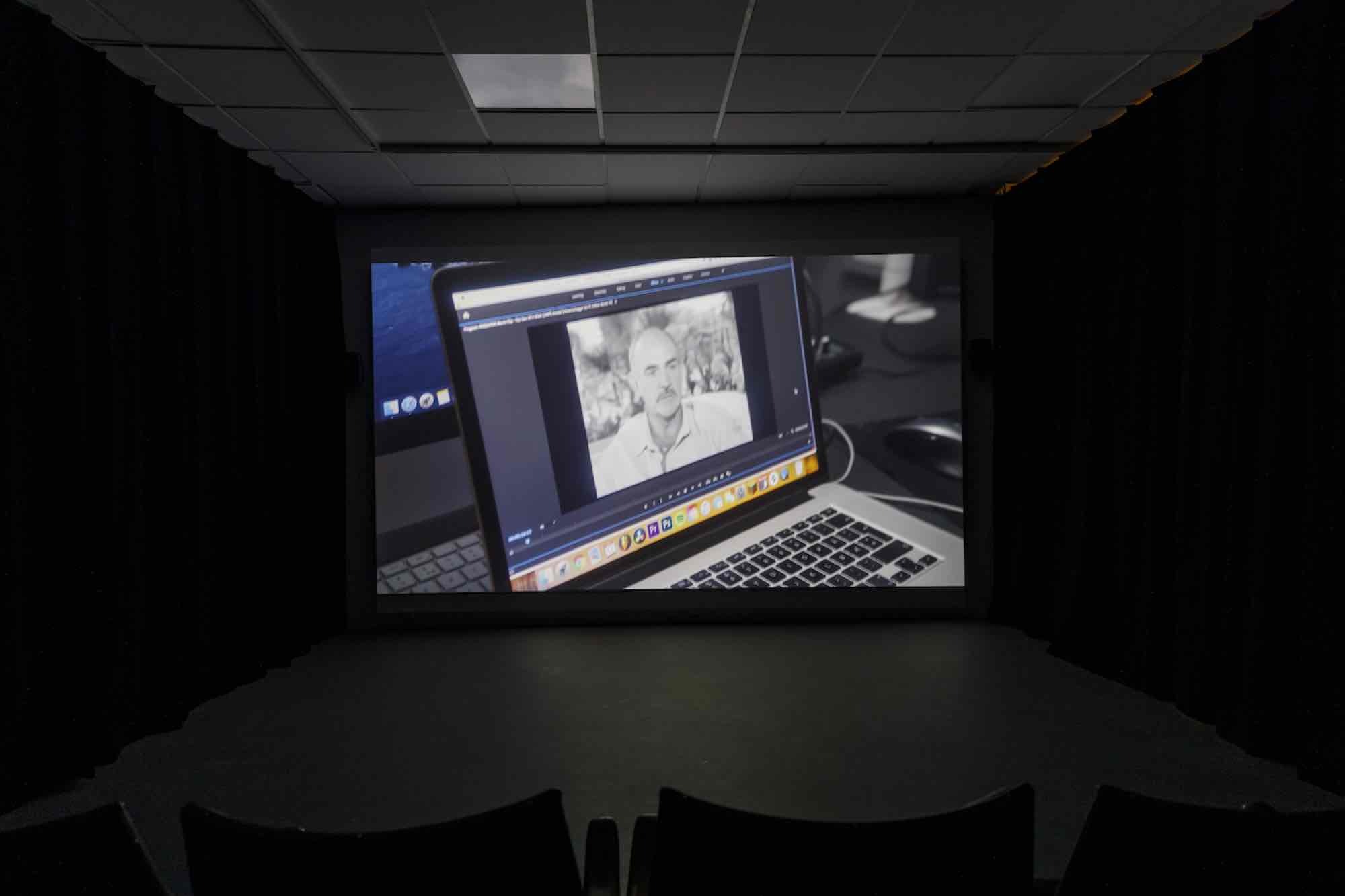
Sille Storihle and students from Nordland School of Art and Film (UiT)
The Group Crit
HD Video, 16:9, 77 minutes, 2022
NNKS / LIAF 2022 curated by Francesco Urbano Ragazzi, ph: Kjell-Ove Storvik
The Group Crit
HD Video, 16:9, 77 minutes, 2022
NNKS / LIAF 2022 curated by Francesco Urbano Ragazzi, ph: Kjell-Ove Storvik
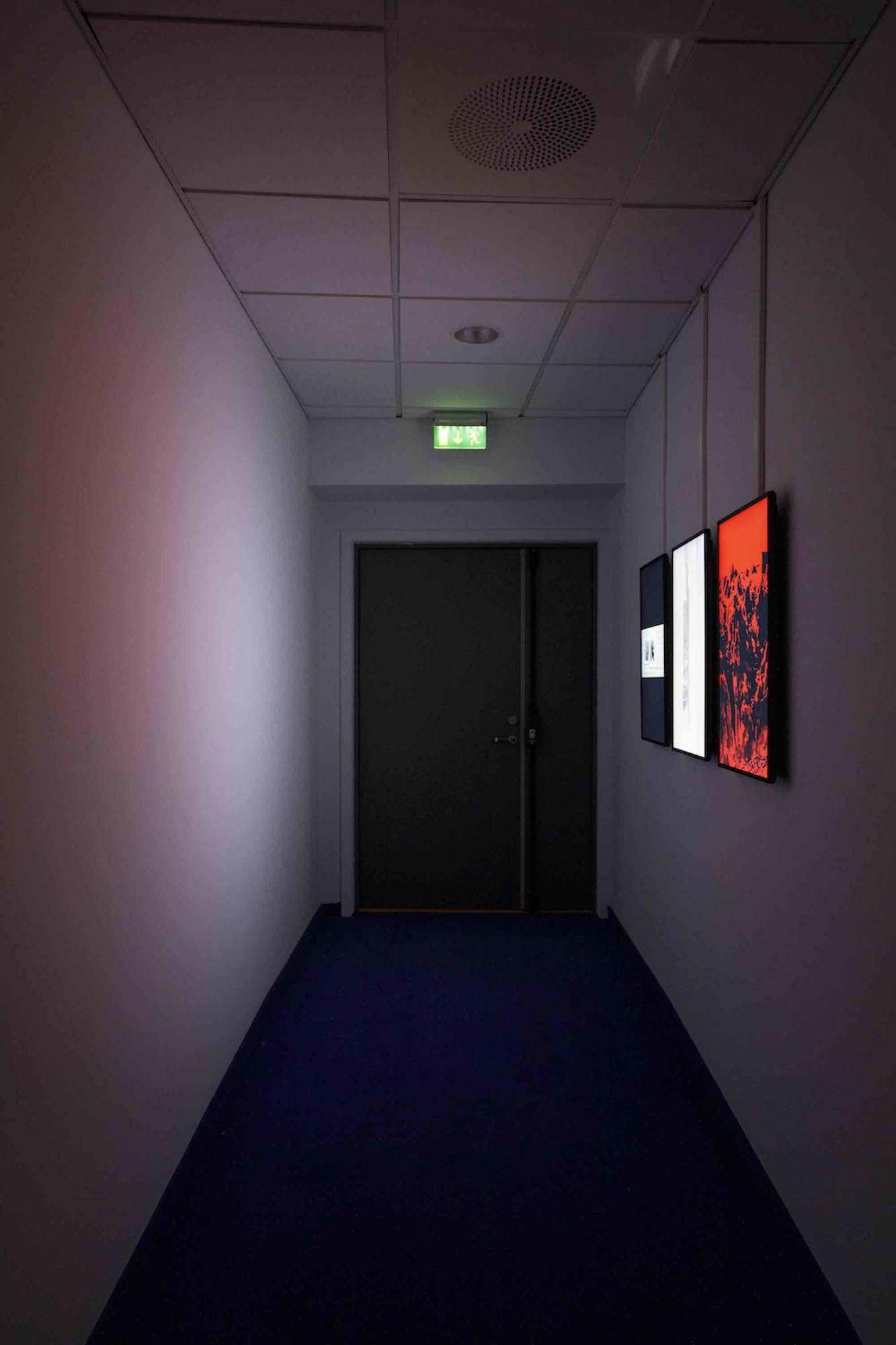
Mary Haugen
Phantasmagoria
Multi-channel video, 7 minutes (loop), sound, 2022
NNKS / LIAF 2022 curated by Francesco Urbano Ragazzi, ph: Kjell-Ove Storvik
Phantasmagoria
Multi-channel video, 7 minutes (loop), sound, 2022
NNKS / LIAF 2022 curated by Francesco Urbano Ragazzi, ph: Kjell-Ove Storvik
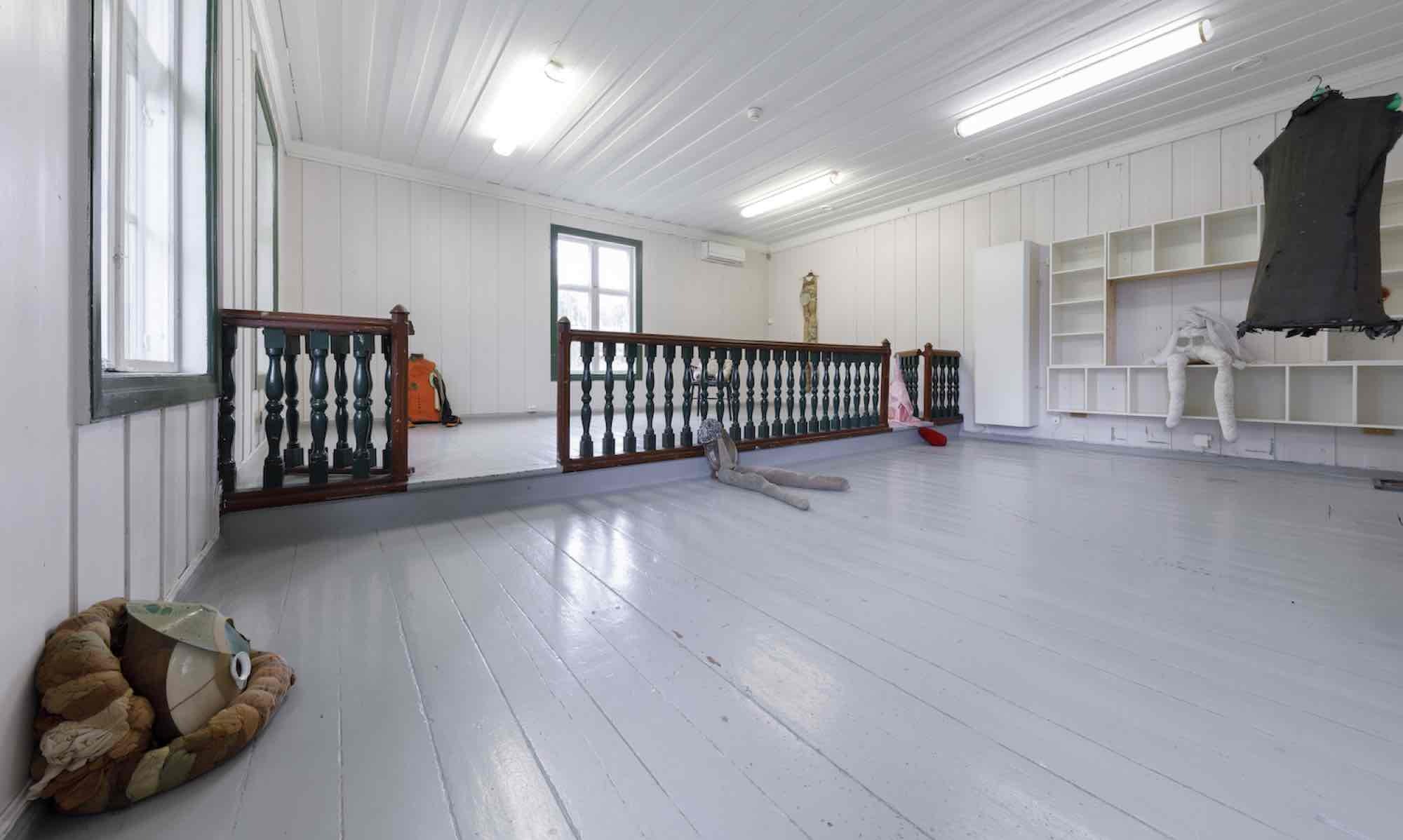
Marianne Berenhaut
Poupées poubelles
Mixed media, various dimensions, 1971–1980
Courtesy of the artist and Dvir Gallery
NNKS / LIAF 2022 curated by Francesco Urbano Ragazzi, ph: Kjell-Ove Storvik
Poupées poubelles
Mixed media, various dimensions, 1971–1980
Courtesy of the artist and Dvir Gallery
NNKS / LIAF 2022 curated by Francesco Urbano Ragazzi, ph: Kjell-Ove Storvik
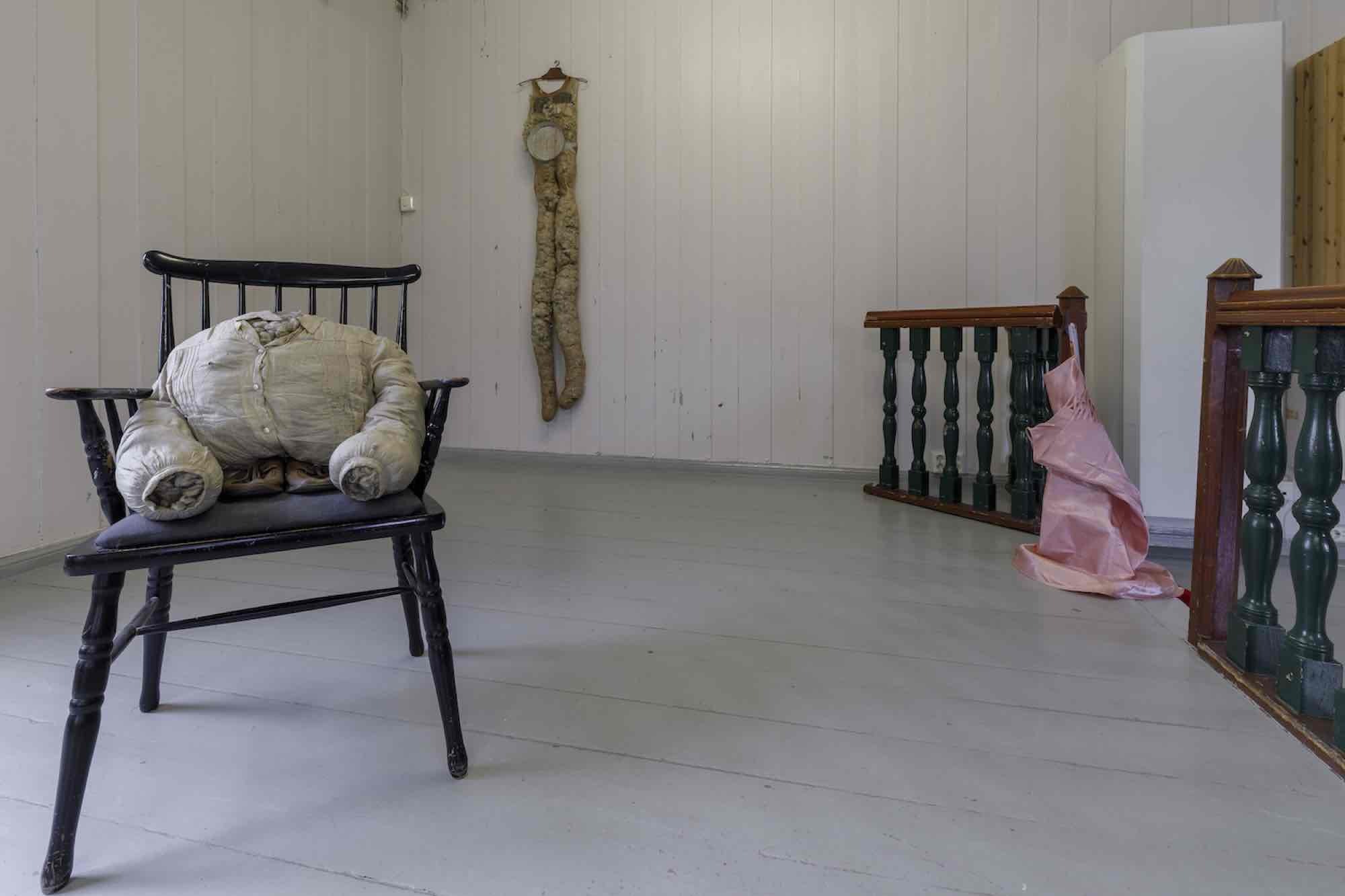
Marianne Berenhaut
Poupées poubelles
Mixed media, various dimensions, 1971–1980
Courtesy of the artist and Dvir Gallery
NNKS / LIAF 2022 curated by Francesco Urbano Ragazzi, ph: Kjell-Ove Storvik
Poupées poubelles
Mixed media, various dimensions, 1971–1980
Courtesy of the artist and Dvir Gallery
NNKS / LIAF 2022 curated by Francesco Urbano Ragazzi, ph: Kjell-Ove Storvik
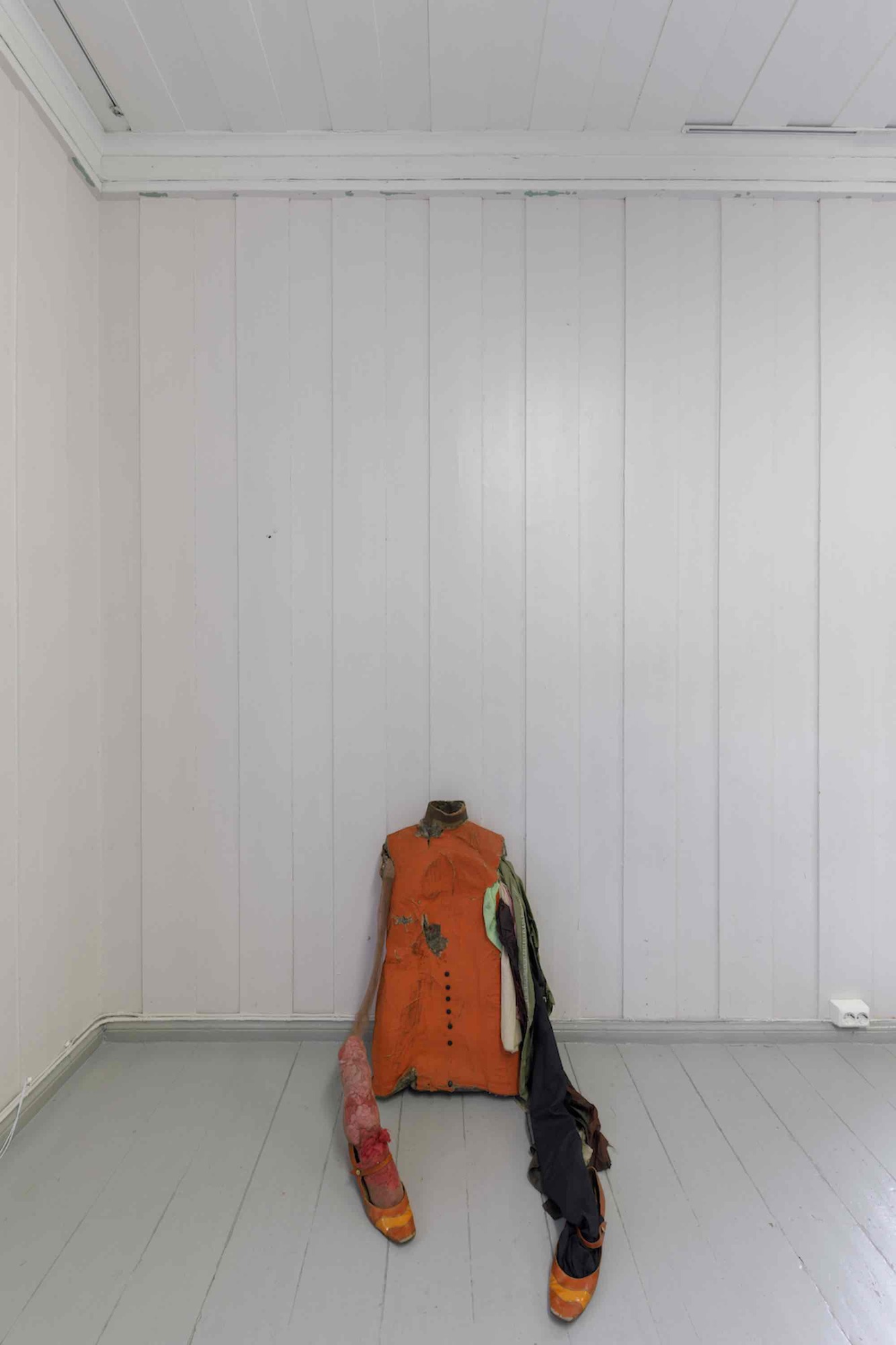
Marianne Berenhaut
Poupées poubelles
Mixed media, various dimensions, 1971–1980
Courtesy of the artist and Dvir Gallery
NNKS / LIAF 2022 curated by Francesco Urbano Ragazzi, ph: Kjell-Ove Storvik
Poupées poubelles
Mixed media, various dimensions, 1971–1980
Courtesy of the artist and Dvir Gallery
NNKS / LIAF 2022 curated by Francesco Urbano Ragazzi, ph: Kjell-Ove Storvik
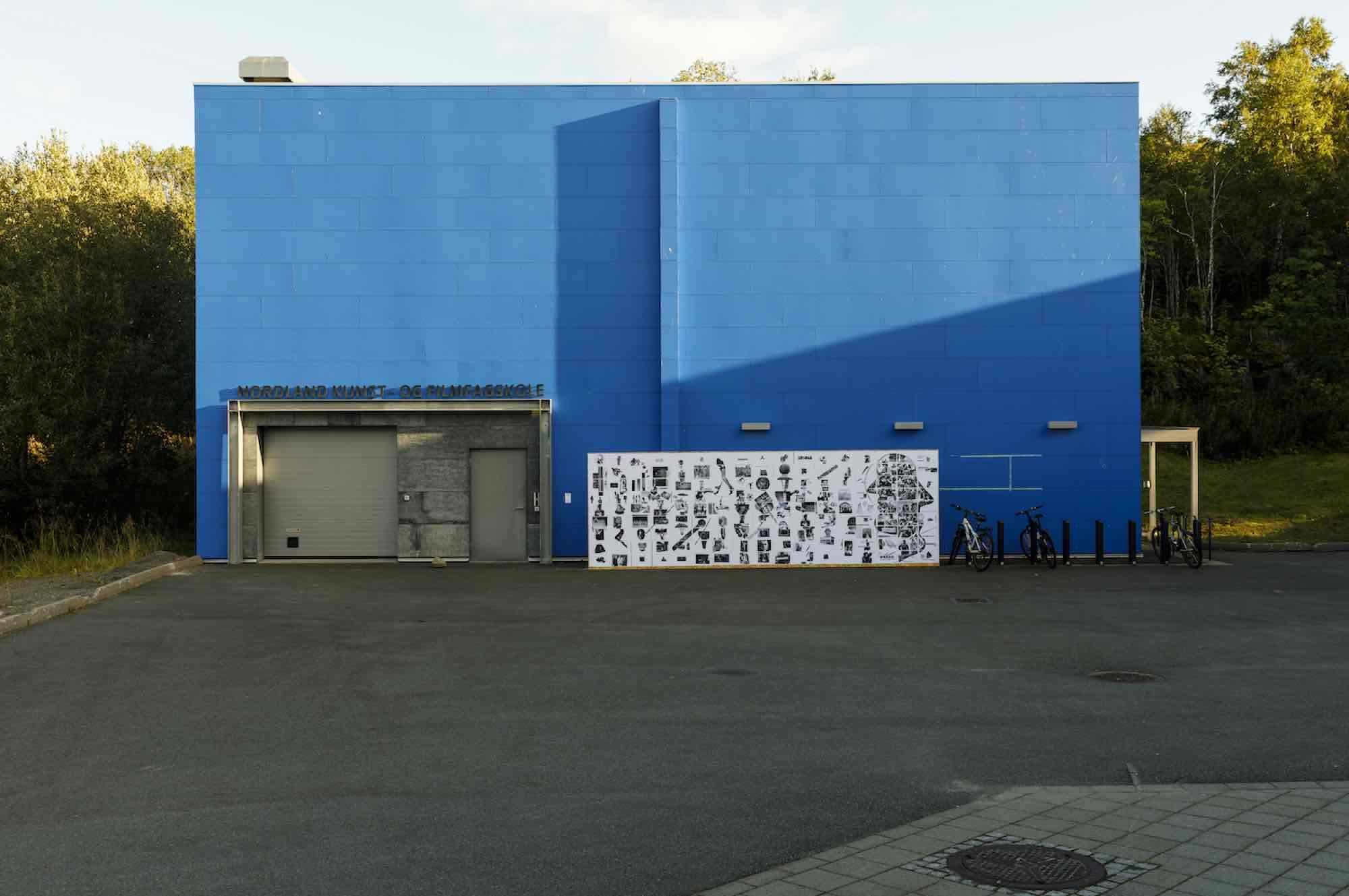
Stan VanDerBeek
Panels For the Walls of the World, Phase 1
Mural based on transmission copy of collage and pastel on paper, 306 panels, 8.5 x 14 inches, 1970–2022
Courtesy of the Estate of Stan VanDerBeek
NNKS / LIAF 2022 curated by Francesco Urbano Ragazzi, ph: Kjell-Ove Storvik
Panels For the Walls of the World, Phase 1
Mural based on transmission copy of collage and pastel on paper, 306 panels, 8.5 x 14 inches, 1970–2022
Courtesy of the Estate of Stan VanDerBeek
NNKS / LIAF 2022 curated by Francesco Urbano Ragazzi, ph: Kjell-Ove Storvik
LIAF - Lofoten International Art Festival, the longest-running contemporary art biennial in Scandinavia, celebrates its 30th anniversary this year. The festival has a nomadic character and is held every two years at different venues in the Lofoten islands, an archipelago above the Arctic Circle. The extreme context in which LIAF operates has always dictated a sustainable production system that integrates with the complex natural and cultural ecosystem of the area.
LIAF 2022 is curated by the duo Francesco Urbano Ragazzi and is entitled Fantasmagoriana. It runs from September 3 to October 2 of 2022, at the North Norwegian Art Centre in Svolvaer and at five sites in the city of Kabelvåg. The city was chosen because it’s both the place where Dada artist Kurt Schwitters was confined during the Nazi occupation of Norway, and because it’s now home to the film school Nordland kunst- og filmhøgskole, which offers an excellence in moving image education.
LIAF 2022 - Fantasmagoriana did not originate from a concept, but from the sharingof an oral tale. This narrative was imagined as a tactic for transmitting tacit knowledge, in which information about natural, fictional, and political events could weave freely into new maps, evolving and adapting to the contexts in which the invited artists operate. Now, we want to share this story with you.
Fantasmagoriana is the title of an anthology of horror stories that birthed the two monsters of Western modernity: Dracula and Frankenstein. To know how this came about, however, it’s necessary to take a step back. It is 1815 and the Tambora volcano erupts in Indonesia. This event starts a chain reaction that causes a series of adverse natural events. Waves of cold and heavy rains sweep across Asia and Europe for many months, so much so that 1816 is remembered as the year without a summer. As a result of these weather conditions, a cholera epidemic spreads from South Asia to the Middle East.
These two factors have unpredictable effects on the world economy. Famines occur in the following years in parts of China, especially in Yunnan. In an attempt to resist, the people living there convert many traditional crops to opium cultivation. This is perhaps how international drug dealing is born in the modern age.
Soon, cholera and the poor weather conditions come to affect Europe as well. For this very reason, a group of friends and writers decide to spend a time of isolation at Villa Diodati in the Swiss town of Cologny. The group includes Lord Byron and his physician John Polidori, Mary Shelley, her sister, and her husband Percy Bysshe Shelley.
To kill time, the company thus gathered begins reading scary novels. Among them, Fantasmagoriana. The reading of Fantasmagoriana prompts the comrades to set themselves a challenge: to frighten each other by creating their own horror stories. From that challenge two novels are born: John Polidori's The Vampyre, which will inspire Bram Stoker's Dracula, and Mary Shelley's Frankenstein. Fantasmagoriana is, in short, proof that works of art are not objects, but living organisms capable of mutating and proliferating.
The story that began with the eruption of the Tambora volcano, however, does not end here. In fact, scientists later proved that such events caused temporary melting of ice at the poles. Noticing the unusual natural phenomenon, the British Empire invested large amounts of money in exploring the North Pole for fifty years, in searchof the northwest passage. Unsuccessful at the time, the venture initiated the extractive exploitation of the Arctic region, whose irreversible crisis we see today.
The importance of the polar region in Europe's expansionist economy is one of the reasons Mary Shelley decided to set the first chapters of her novel precisely in the Arctic, where Captain Robert Watson writes to his sister about a strange encounter with a doctor who is escaping from the monster he gave birth to. Today, more than two hundred years later, in the midst of a new climate, health related and political crises, the Arctic once
again becomes an observatory from which we can view the monsters of our time. A phantasmagorical setting in which fiction and reality, nature and technology, mingle into forms of narrative that transcend the dimension of objects.
Immersed in the neo-Gothic confusion of our age, LIAF 2022 - Fantasmagoriana reflects on the power of community under conditions of distance and isolation, and the affirmation of art as an unexpected form of life, adaptation, and transformation.
Fantasmagoriana projects into the Arctic new myths of immortality that collide with the precariousness of the real. It produces lightweight, fragile, mobile monuments that take shape in the city of Kabelvåg. They are symbols of a reunion of friends, whohave already known each other for some time, or have yet to meet.
Curated by Francesco Urbano Ragazzi
Participating artists: Nora Al-Badri, Bassam Al-Sabah, Marianne Berenhaut, Alessandra Cianchetta, Kirstine Colban Aas, Pauline Curnier Jardin, Tomaso De Luca, Nolan Oswald Dennis, Cheryl Donegan, Kaare Espolin Johnson, Gaia Fugazza, Aage Gaup, Kenneth Goldsmith, Shadi Habib Allah, Auriea Harvey, Susan Te Kahurangi King, Tomáš Kajánek, Lars Laumann, Sonia Leimer, Olof Marsja, Mary Haugen, Jonas Mekas, Haroon Mirza, Raffaela Naldi Rossano, Eivind H. Natvig, New Mineral Collective, Thebe Phetogo, Christine Rebet, Sille Storihle, Tine Surel Lange, Emma Talbot, Tsai Ming-liang, Stan VanDerBeek, Rimaldas Vikšraitis, Elina Waage Mikalsen, Jennifer West, plus artworks, objects, documents and curiosities from different collections in Lofoten.
LIAF 2022 is curated by the duo Francesco Urbano Ragazzi and is entitled Fantasmagoriana. It runs from September 3 to October 2 of 2022, at the North Norwegian Art Centre in Svolvaer and at five sites in the city of Kabelvåg. The city was chosen because it’s both the place where Dada artist Kurt Schwitters was confined during the Nazi occupation of Norway, and because it’s now home to the film school Nordland kunst- og filmhøgskole, which offers an excellence in moving image education.
LIAF 2022 - Fantasmagoriana did not originate from a concept, but from the sharingof an oral tale. This narrative was imagined as a tactic for transmitting tacit knowledge, in which information about natural, fictional, and political events could weave freely into new maps, evolving and adapting to the contexts in which the invited artists operate. Now, we want to share this story with you.
Fantasmagoriana is the title of an anthology of horror stories that birthed the two monsters of Western modernity: Dracula and Frankenstein. To know how this came about, however, it’s necessary to take a step back. It is 1815 and the Tambora volcano erupts in Indonesia. This event starts a chain reaction that causes a series of adverse natural events. Waves of cold and heavy rains sweep across Asia and Europe for many months, so much so that 1816 is remembered as the year without a summer. As a result of these weather conditions, a cholera epidemic spreads from South Asia to the Middle East.
These two factors have unpredictable effects on the world economy. Famines occur in the following years in parts of China, especially in Yunnan. In an attempt to resist, the people living there convert many traditional crops to opium cultivation. This is perhaps how international drug dealing is born in the modern age.
Soon, cholera and the poor weather conditions come to affect Europe as well. For this very reason, a group of friends and writers decide to spend a time of isolation at Villa Diodati in the Swiss town of Cologny. The group includes Lord Byron and his physician John Polidori, Mary Shelley, her sister, and her husband Percy Bysshe Shelley.
To kill time, the company thus gathered begins reading scary novels. Among them, Fantasmagoriana. The reading of Fantasmagoriana prompts the comrades to set themselves a challenge: to frighten each other by creating their own horror stories. From that challenge two novels are born: John Polidori's The Vampyre, which will inspire Bram Stoker's Dracula, and Mary Shelley's Frankenstein. Fantasmagoriana is, in short, proof that works of art are not objects, but living organisms capable of mutating and proliferating.
The story that began with the eruption of the Tambora volcano, however, does not end here. In fact, scientists later proved that such events caused temporary melting of ice at the poles. Noticing the unusual natural phenomenon, the British Empire invested large amounts of money in exploring the North Pole for fifty years, in searchof the northwest passage. Unsuccessful at the time, the venture initiated the extractive exploitation of the Arctic region, whose irreversible crisis we see today.
The importance of the polar region in Europe's expansionist economy is one of the reasons Mary Shelley decided to set the first chapters of her novel precisely in the Arctic, where Captain Robert Watson writes to his sister about a strange encounter with a doctor who is escaping from the monster he gave birth to. Today, more than two hundred years later, in the midst of a new climate, health related and political crises, the Arctic once
again becomes an observatory from which we can view the monsters of our time. A phantasmagorical setting in which fiction and reality, nature and technology, mingle into forms of narrative that transcend the dimension of objects.
Immersed in the neo-Gothic confusion of our age, LIAF 2022 - Fantasmagoriana reflects on the power of community under conditions of distance and isolation, and the affirmation of art as an unexpected form of life, adaptation, and transformation.
Fantasmagoriana projects into the Arctic new myths of immortality that collide with the precariousness of the real. It produces lightweight, fragile, mobile monuments that take shape in the city of Kabelvåg. They are symbols of a reunion of friends, whohave already known each other for some time, or have yet to meet.
Curated by Francesco Urbano Ragazzi
Participating artists: Nora Al-Badri, Bassam Al-Sabah, Marianne Berenhaut, Alessandra Cianchetta, Kirstine Colban Aas, Pauline Curnier Jardin, Tomaso De Luca, Nolan Oswald Dennis, Cheryl Donegan, Kaare Espolin Johnson, Gaia Fugazza, Aage Gaup, Kenneth Goldsmith, Shadi Habib Allah, Auriea Harvey, Susan Te Kahurangi King, Tomáš Kajánek, Lars Laumann, Sonia Leimer, Olof Marsja, Mary Haugen, Jonas Mekas, Haroon Mirza, Raffaela Naldi Rossano, Eivind H. Natvig, New Mineral Collective, Thebe Phetogo, Christine Rebet, Sille Storihle, Tine Surel Lange, Emma Talbot, Tsai Ming-liang, Stan VanDerBeek, Rimaldas Vikšraitis, Elina Waage Mikalsen, Jennifer West, plus artworks, objects, documents and curiosities from different collections in Lofoten.
